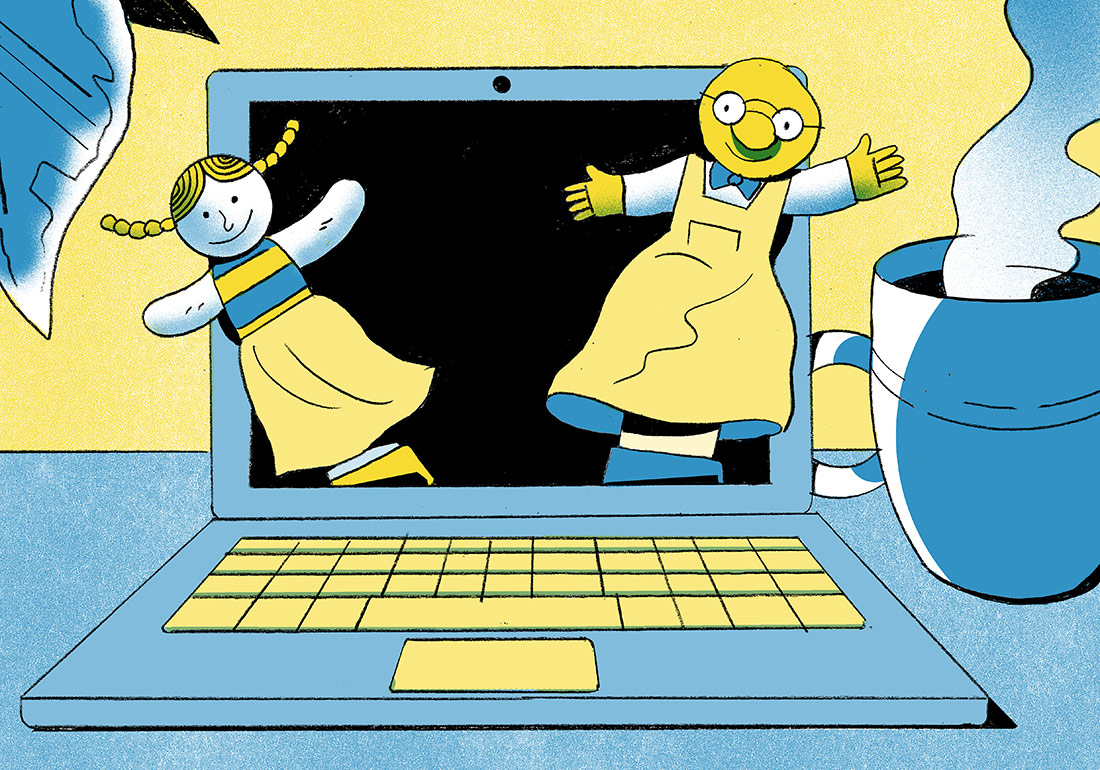
Illustration by Gabri Molist | CC BY
Beyond its role as a public forum, in recent years Twitter has also become the ideal platform for sharing timeless love stories, summer tales of paranormal activity and jaw dropping discoveries involving bacteria from other planets. What are the precedents to these stories that are too incredible to be true? And how did we reach this point?
On the evening of 30 October 1938, thousands of New Yorkers fled from their homes, seized with panic. At that same moment, swarms of people thronged through the streets of North America’s main cities, scanning the skies for signs of the alien invasion they had just been informed of on the radio.
A series of Martian ships were landing on Earth, carrying aliens inside. Described as tentacled beings the size of a bear, with a quivering mouth and black, luminous eyes, the invaders were overcoming the military by using a kind of “heat ray” and poisonous gases. A man died from a heart attack in his home, overwhelmed by the news. Others, terrified, decided to jump off the top of their buildings.
Luckily, however, none of this actually happened.
This tale of a supposed alien invasion was, in fact, the famous radio dramatization penned by the scriptwriter Howard Koch and directed by Orson Welles; an adaptation of The War of the Worlds by H. G. Wells. It wasn’t the first work that Welles and Koch had adapted for radio: a few weeks previously, the pair had signed deals for the dramatization of novels including Dracula, Treasure Island and Around the World in Eighty Days for a weekly series aired on the CBS network. However, it was the adaptation of the science fiction story by Wells – in the format of a fake news piece with live links, and with actors playing politicians and journalists – which shot them to fame.
It wasn’t the first time that the format of a fake news piece had been used on a radio broadcast. An obvious precedent, as acknowledged by Welles himself, was that of the writer and Catholic priest Ronald Knox, who in 1926 wrote a fictional piece for the BBC in which a talk on 18th-century British literature is interrupted by a news bulletin informing of a mutiny in London; an outbreak of violence that ends up with Big Ben in ruins, the Savoy Hotel in flames and a politician being lynched. However, it is the first great radio broadcast directed by Orson Welles that springs to mind every time a drama appears that blurs the line between reality and fiction. And this is true not only due to the talent of Welles, Koch and their team, but also thanks to the role that the media played in forging the legend, as although we were not invaded by Martians on that evening in 1938, the stories that hit the newsstands the next day were just as wild.
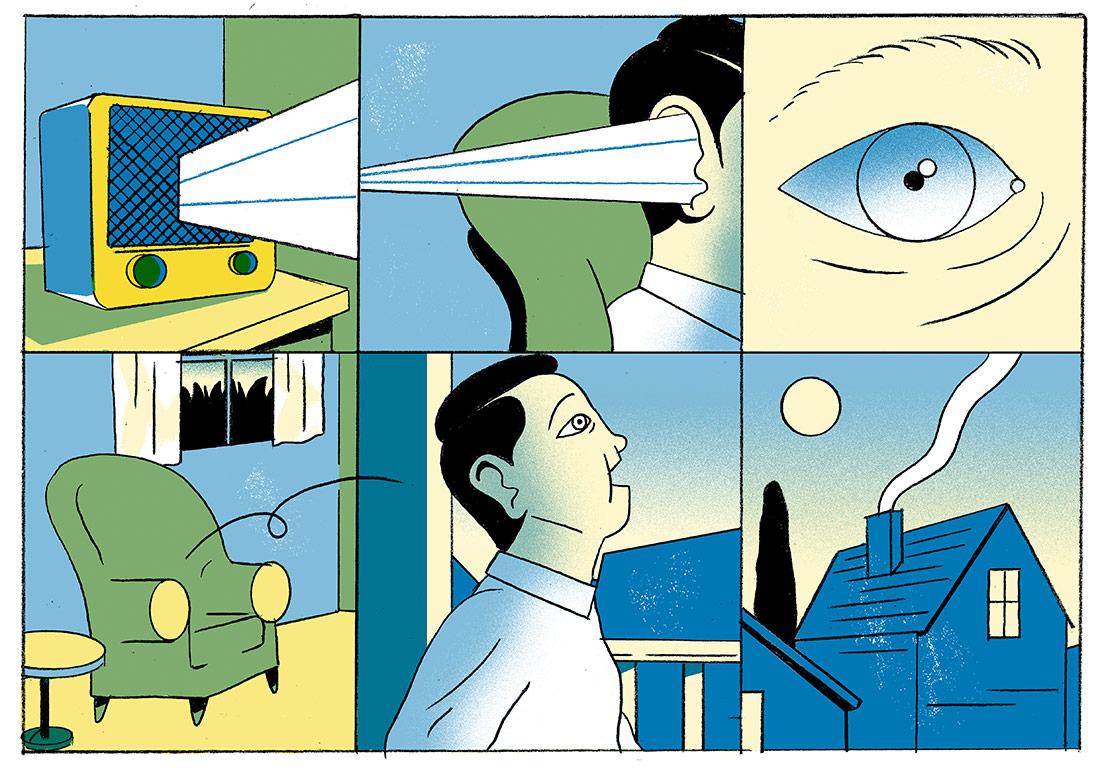
Illustration by Gabri Molist | CC BY
What happened that evening?
There are no records to confirm that the streets and highways of North America were packed with scared crowds of people during or after the broadcast of The War of the Worlds. The rumours of a man dying from a heart attack were never confirmed, and after checking with the hospitals in New York City, none of them had any records of suicides or cases related to the radio broadcast. Some of the listeners believed everything they heard, of course, but as A. Brad Schwartz points out in his book Broadcast Hysteria, “Saying that War of the Worlds frightened none would be as inaccurate as saying that it panicked one million people”. This didn’t stop the press from topping the following day’s papers with such sensationalist headlines as “Radio Listeners in Panic, Taking War Drama for Fact”, “Nation is Swept by Hysteria” and “Radio Fake Scares Nation”. They lit the fuse planted by Welles and let the story run wild in the hands of the people – regardless of whether or not they had listened to the broadcast – to be spread and distorted in the same way as an urban legend, with the resulting social and cultural impact.
The story of the radio dramatization of The War of the Worlds is, in fact, the story of a triple fake, created not only by the broadcast itself but also by the press and by ourselves, as eighty years ago we decided to believe and to spread a story and some pieces of newspaper reporting that were too outlandish to be true.
You won’t believe what happened next
After this innovation on the radio, other works picked up the baton years later on the television. Stories such as The Spaghetti-Harvest, a short report on the programme Panorama broadcast by the BBC on April Fools’ Day in 1957; Alternative 3, aired for the first time in the UK in 1977 as the last instalment of the series Science Report, and which, unlike the other episodes, let imaginations run wild to talk about government conspiracies, space travel and alien life on Mars; and Ghostwatch, a live fake reality show screened by the BBC on the evening of Halloween 1992, which presented an investigation that turned into a horror story with ghost included. In Spain, more recent examples include “Operación Palace”, an episode of the TV programme Salvados directed by Jordi Évole and broadcast on the TV channel La Sexta in 2014, which told the true story of events after the coup of 23 February 1981. All of these, regardless of their audience size and the extent of their cultural impact, divided opinion in precisely the same way as the adaptation of The War of the Worlds: some people believed what they were watching was true, some recognised them as an entertaining work of fiction, and others realised they were fakes and complained.
The most recent development in this tradition can be found on the internet. After cases such as lonelygirl15 and Marble Hornets, both on YouTube, Twitter is the platform that has now taken over with its fictional threads. It makes sense for this type of story to jump to different types of media over the decades. If Orson Welles had decided to adapt The War of the Worlds in 2019, it seems logical to think that he would have used digital media. Internet is to us what the television was to our parents, and the equivalent of the radio for our grandparents: it’s where we turn to for information and to find out the truth. And there’s nothing we like more, and which we’re more likely to believe in, than a story that surprises us, engages us, breaks our routine and gives us a topic of conversation.
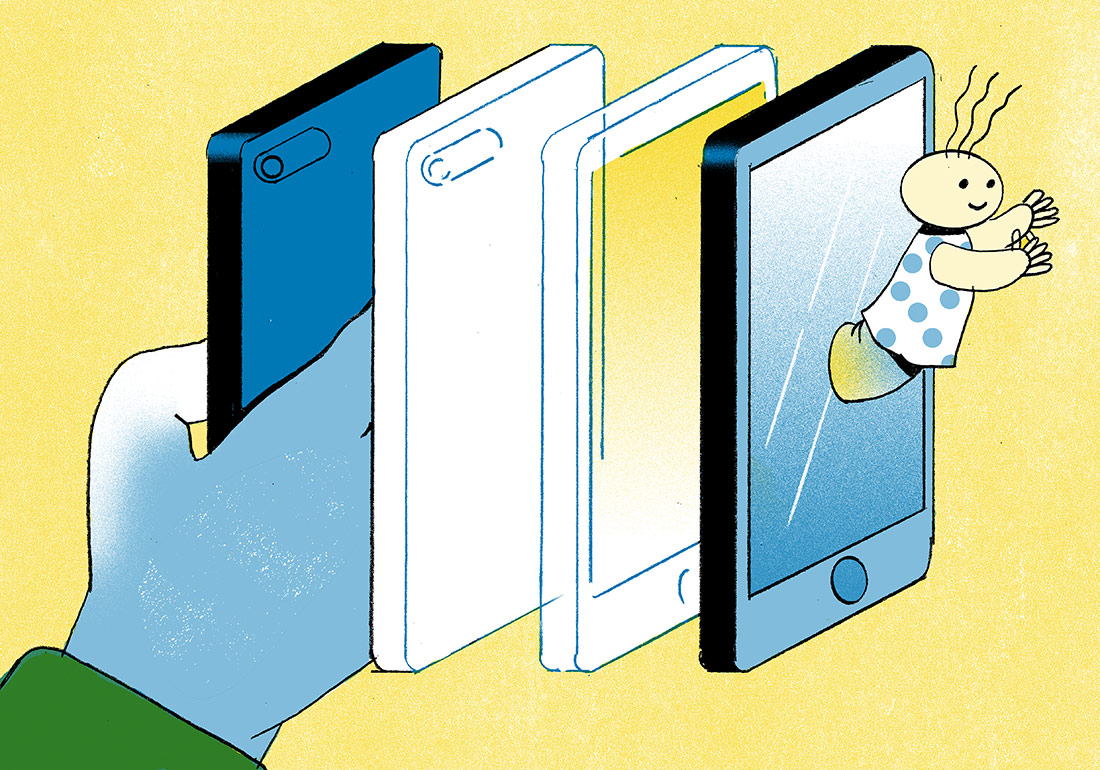
Illustration by Gabri Molist | CC BY
Martians on Twitter
Perhaps the most interesting thing about this latest mutation is that those who use platforms such as Twitter to publish fictional stories can be assured they will easily be taken for real stories told by real people, read without any type of filter. Unlike other works in the same style created decades ago for radio or television, the democratisation ushered in by technological advances has allowed the gap between the storyteller and the audience to be almost completely closed. Nowadays you don’t need to have a team of people using equipment beyond the reach of most of the population in order to air a story over official channels. All it takes is a run-of-the-mill mobile phone for a single person to tell a story which, with a potential audience of hundreds of thousands of readers, is shared and perceived horizontally, from person to person, because the narrator uses the same channel that is available to all of us.
This has meant that —with radio news bulletins and the fake TV documentary format being replaced by fragmented narrative, photos, short videos and other resources that are typical of social networks –stories have been published such as that in which Modesto García, via his pseudonym Mr Brightside, solves a crime thanks to a photo posted on Twitter, or the research carried out by Guillem Clua to bring to light the beautiful love story between two men during the First World War. Another of the best examples of using Twitter as a platform for developing fictional stories is Juanjo Ramírez Mascaró, who, starting with a thread in which he discovered a bacteria that was about to change the world as we know it, has created an entire universe of intertwined fictional stories. On Twitter, we have also been able to see stories that start off with a lost phone and end up with Nela García – the main character —helping the anarchist organisation #RedMonkey to bring down the internet, or the mysterious story of Sara G. that sprung from her Instagram stories, before being presented as a Twitter thread and then being summarised, expanded and continued on her YouTube channel. The story on Twitter of my holidays during the summer of 2017 also forms part of this current of fictional accounts, but I feel sorry for whoever believed that I had an identical double following me while I spent a few days in a hotel near the beach.
One of the things that characterises this type of story is that many of them are told live, at the moment they are supposedly happening. This means they include everything from threads that are published just once, to stories whose narrative is spread out over weeks or even months. A couple of examples of this last type are the Twitter profiles of greg and The Sun Vanished, each of whom for months now have been narrating a story; the first one a mystery story that begins when the main character inherits their grandfather’s house, the second one turns into a story of survival in a world where, as the name suggests, the sun has vanished. Perhaps the most well-known example outside of Spain is that of Adam Ellis and his ghost story Dear David, for which a film adaptation is in the pipeline. This will follow in the footsteps of the comedy horror-style conversation on Twitter between the writers Sam Sykes and Chuck Wendig, which was shortly afterwards adapted to the screen as You Might Be the Killer.
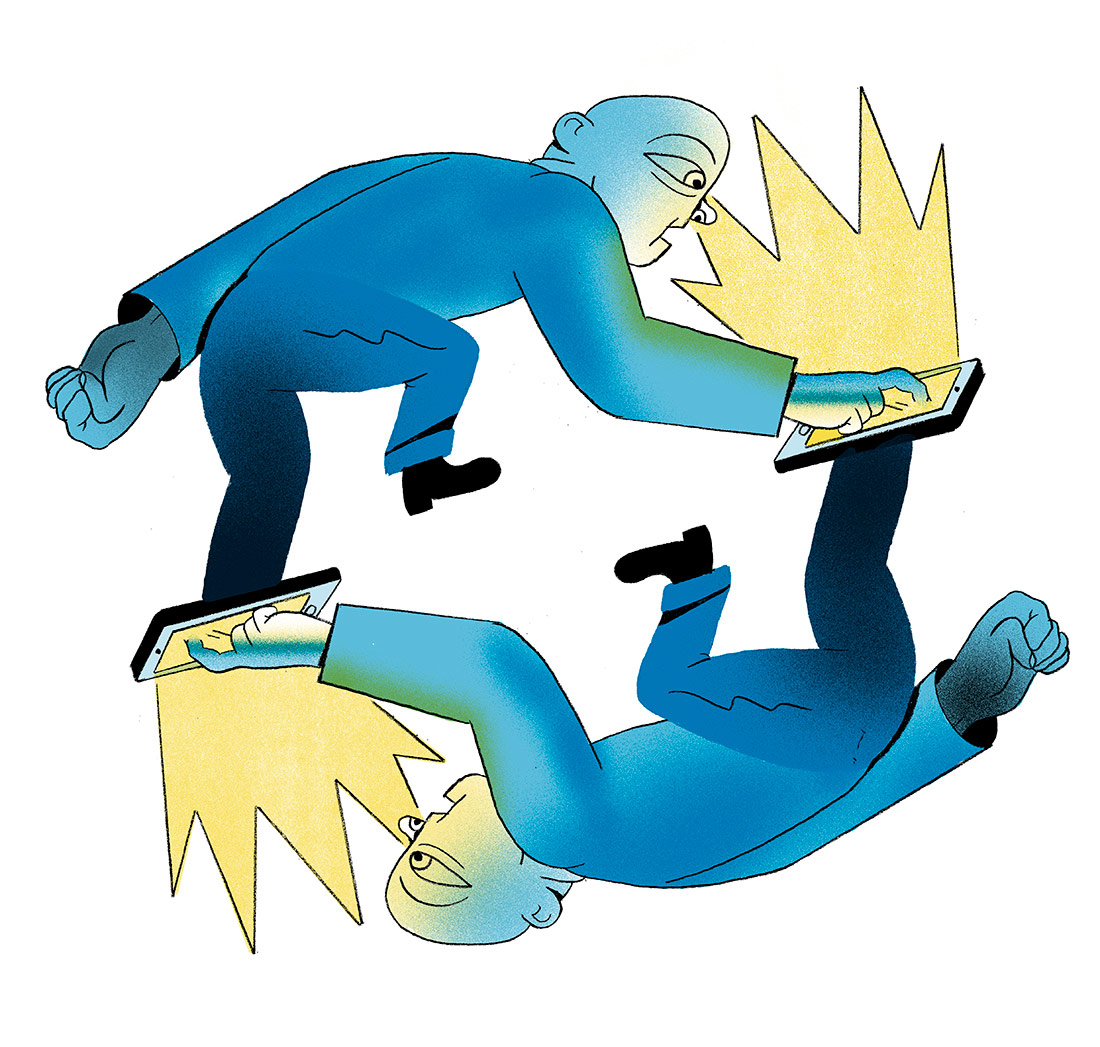
Illustration by Gabri Molist | CC BY
Post-truth and post-fiction
The sensationalism of the press has also evolved and morphed over the decades. The misleading headlines that sought to outsell the competition by falsely depicting a terrified nation nowadays take the shape of clickbaits and fake news, the last of which aims to further political interests. Perhaps, then, with the post-truth period in full swing, we can now talk of post-fiction. Because while post-truth deliberately distorted reality by appealing to people’s emotions, the post-fiction produced via fictional Twitter threads does something very similar, using analogous tools. The difference between the two is that while the objective of post-truth is to manipulate public opinion to influence election results, the purpose of post-fiction is merely playful: it seeks to entertain us. Like the radio plays about Martian invasions.
Facing the usual debate raised by the publication of the most popular post-fiction stories, in which some people question the acceptable ethical limits of stories which are presented as if they were true, it’s helpful to take a look back and remind ourselves that “what we need is education, not prohibitions.” These were the words of one of the listeners of the original broadcast of The War of the Worlds in a letter sent to the US Federal Communications Commission in 1938, who believed that “this broadcast will prove to have been beneficial and that it will, for a time at least, make people a little more careful of the source and nature of their information.” And they were right.
Although not its objective, one of the roles of post-fiction maybe to remind us that nowadays, when it seems easier than ever to deceive people, we also have more tools at our disposal to check the veracity of the news and stories we read.
Whether or not we believe them, or enjoy them, is our own decision.



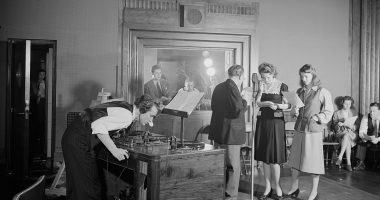
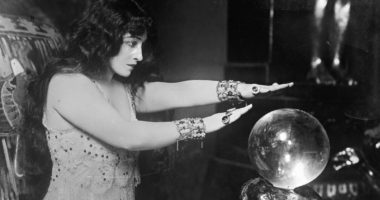
Leave a comment